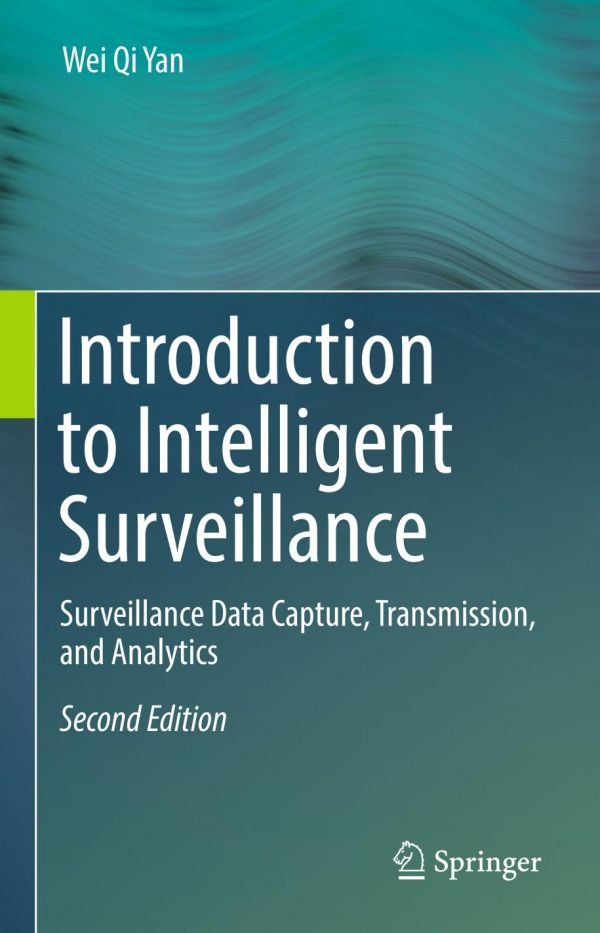

Most ebook files are in PDF format, so you can easily read them using various software such as Foxit Reader or directly on the Google Chrome browser.
Some ebook files are released by publishers in other formats such as .awz, .mobi, .epub, .fb2, etc. You may need to install specific software to read these formats on mobile/PC, such as Calibre.
Please read the tutorial at this link: https://ebookbell.com/faq
We offer FREE conversion to the popular formats you request; however, this may take some time. Therefore, right after payment, please email us, and we will try to provide the service as quickly as possible.
For some exceptional file formats or broken links (if any), please refrain from opening any disputes. Instead, email us first, and we will try to assist within a maximum of 6 hours.
EbookBell Team

4.4
92 reviewsThis accessible textbook/reference reviews the fundamental concepts and practical issues involved in designing digital surveillance systems that fully exploit the power of intelligent computing techniques. The book presents comprehensive coverage of all aspects of such systems, from camera calibration and data capture, to the secure transmission of surveillance data. In addition to the detection and recognition of objects and biometric features, the text also examines the automated observation of surveillance events, and how this can be enhanced through the use of deep learning methods and supercomputing technology. This updated new edition features extended coverage on face detection, pedestrian detection and privacy preservation for intelligent surveillance.
Topics and features: contains review questions and exercises in every chapter, together with a glossary; describes the essentials of implementing an intelligent surveillance system and analyzing surveillance data, including a range of biometric characteristics; examines the importance of network security and digital forensics in the communication of surveillance data, as well as issues of issues of privacy and ethics; discusses the Viola-Jones object detection method, and the HOG algorithm for pedestrian and human behavior recognition; reviews the use of artificial intelligence for automated monitoring of surveillance events, and decision-making approaches to determine the need for human intervention; presents a case study on a system that triggers an alarm when a vehicle fails to stop at a red light, and identifies the vehicle’s license plate number; investigates the use of cutting-edge supercomputing technologies for digital surveillance, such as FPGA, GPU and parallel computing.This concise, classroom-tested textbook is ideal for undergraduate and postgraduate-level courses on intelligent surveillance. Researchers interested in entering this area will also find the book suitable as a helpful self-study reference.